
Menu
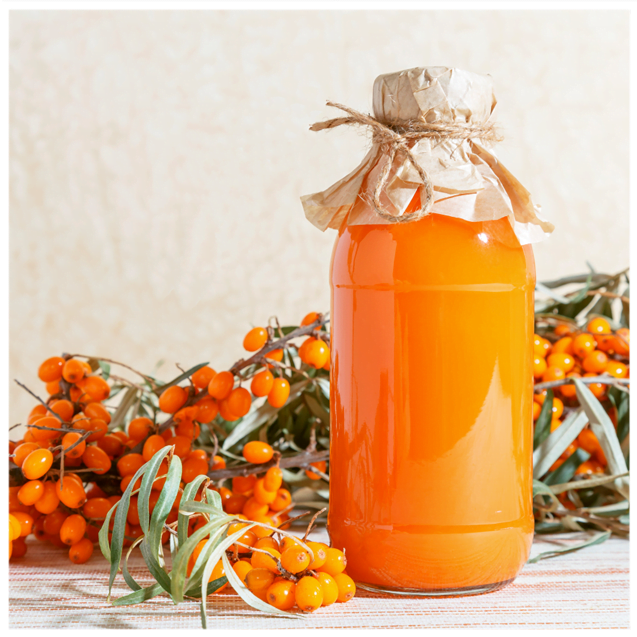
The sea buckthorn berry offers a multitude of nutrients, and the benefits of fermented foods have long been understood. Seaberries can be consumed in different ways – as fresh juice or puree, smoothie, or fermented. Fermented sea buckthorn juice is perfect for those looking to boost the nutrients and taste of the fruit. Sea buckthorn is also available in oil form, which is excellent for many skin problems.
What is Sea Buckthorn?
The sea buckthorn is a deciduous shrub endemic to Asia and Europe. The plant has berries that can be bright orange, yellow, or red. The plant’s scientific name, Hippophae rhamnoïdes, means shining horse. This name derived from legends depicting how horses that consume these berries would return to their owners stronger and with a radiant appearance.
The sea buckthorn berry, whether fresh or fermented, is said to be excellent for immunity, and it’s one of the fruits with the highest amounts of vitamin C and Omega-7 fatty acids. It can also help lower bad cholesterol, regulate blood sugar, and improve skin health.
Benefits of Fermenting Sea Buckthorn
A study about fermenting sea buckthorn and how the process can optimize the fruit’s health benefits was published in January 2023. Researchers found that fermenting sea buckthorn tends to improve the antioxidant and antimicrobial properties of the juice.
In the study, the probiotic ratio of the fermented juice increased to check its protective effects. The results showed that the fermented sea buckthorn had increased antimicrobial and antibacterial properties, which means the fermentation process produced organic acids and bacteriostatic proteins in the juice.
The research tested six probiotic strains using in-vitro analysis based on high SOD (superoxide dismutase) production capacity, high acid flavour profile, and high total flavonoid content. The researchers found that the results were consistent with previous research where fermented fruit juices all show increased antibacterial and antimicrobial properties.
The data shows that after the experiment, the fermented sea buckthorn juice has increased bioactive content with bacteriostatic activity, such as flavonoids, polyphenols, and organic acids. In addition, the liquid is said to have protected cells against lipid peroxidation and alleviated oxidative damage caused by free radicals.
The study’s authors said it is a cost-effective solution for making sea buckthorn more palatable and improving its nutritional value. Fermentation tempers the sourness of the berries and simplifies the complex organic compounds. And since sea buckthorn can potentially treat and prevent certain diseases, improving its flavour profile will make it easy to consume. Fermenting is particularly helpful for increasing the consumption of sea buckthorn berries among children.
Take Advantage of Sea Buckthorn’s Benefits
While there are various ways to consume sea buckthorn, fermentation is an excellent option for people who can’t stand very sour juices. And you can enjoy a more palatable version of this miracle berry without missing out on its nutritional value.
Now, if you’re looking for a great source of high-quality sea buckthorn products, you can always use our Omega Fruit online store. We have frozen and dried sea buckthorn berries, pure juice, seed oil, and tea. We even sell sea buckthorn plants so you can grow them yourself and harvest fresh berries from your garden.
BENEFITS
With 70% of our immune system residing in our gut, what we put into it, counts! Sea buckthorn juice is known to help achieve balanced nutrient intake, cold and flu resistance and increased energy levels. It’s inflammation reducing antioxidants help athletes fight body fatigue, and the balanced Omegas fatty acids 3 – 6, 7* & 9, are considered to have a clear role in the prevention and healing of certain Atopic disorders.
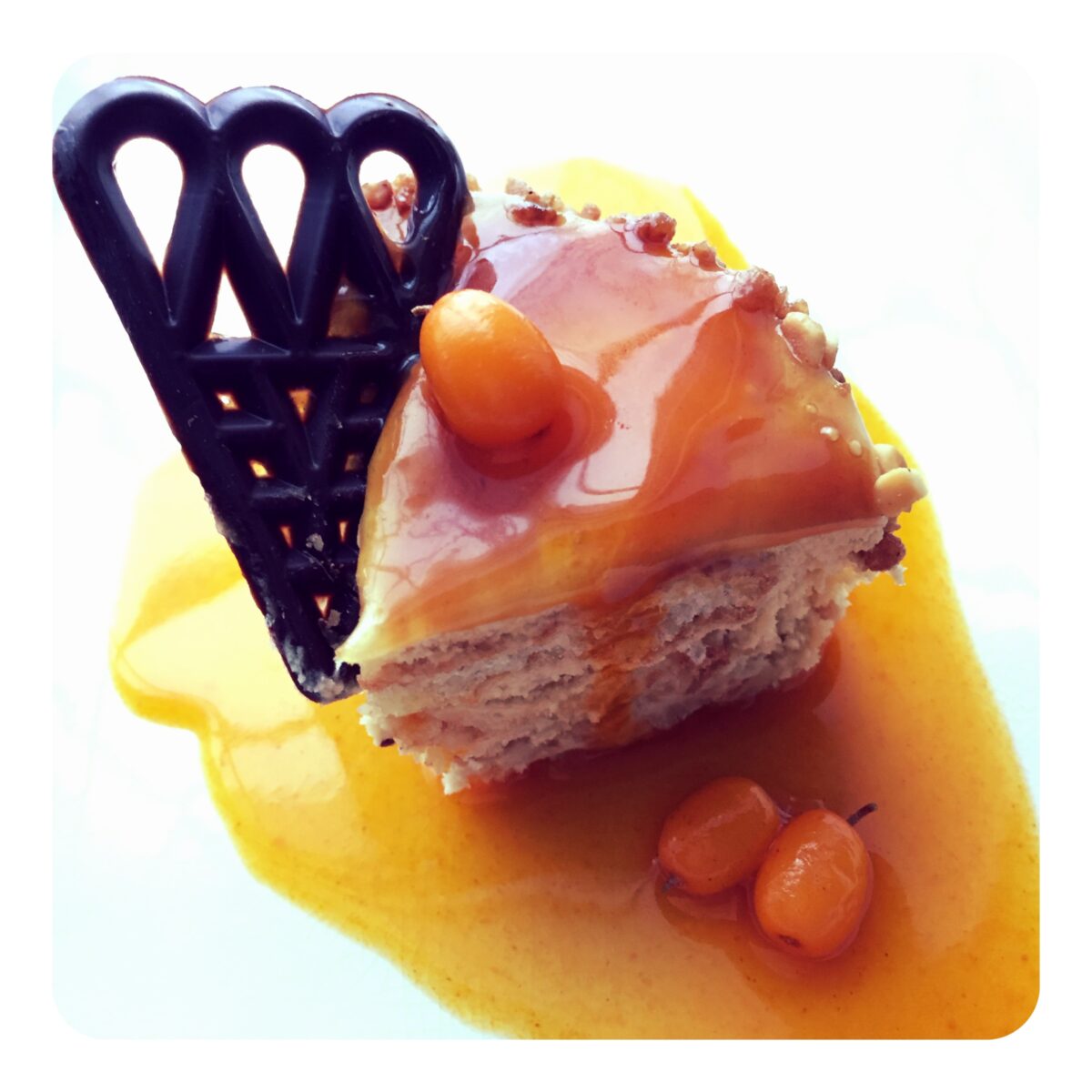
Sea buckthorn coulis
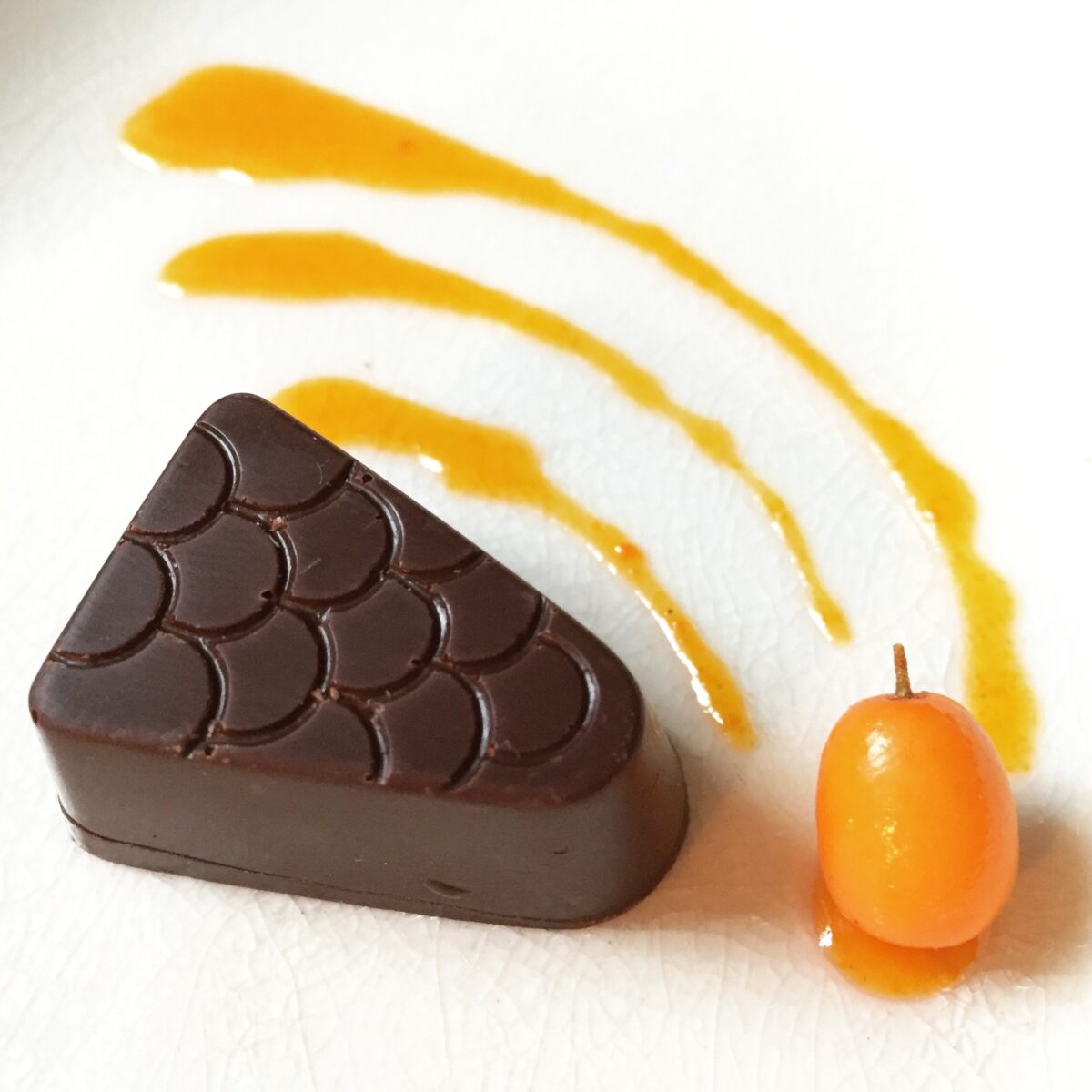
Delicious Sea buckthorn ganache inside dark chocolat shell.
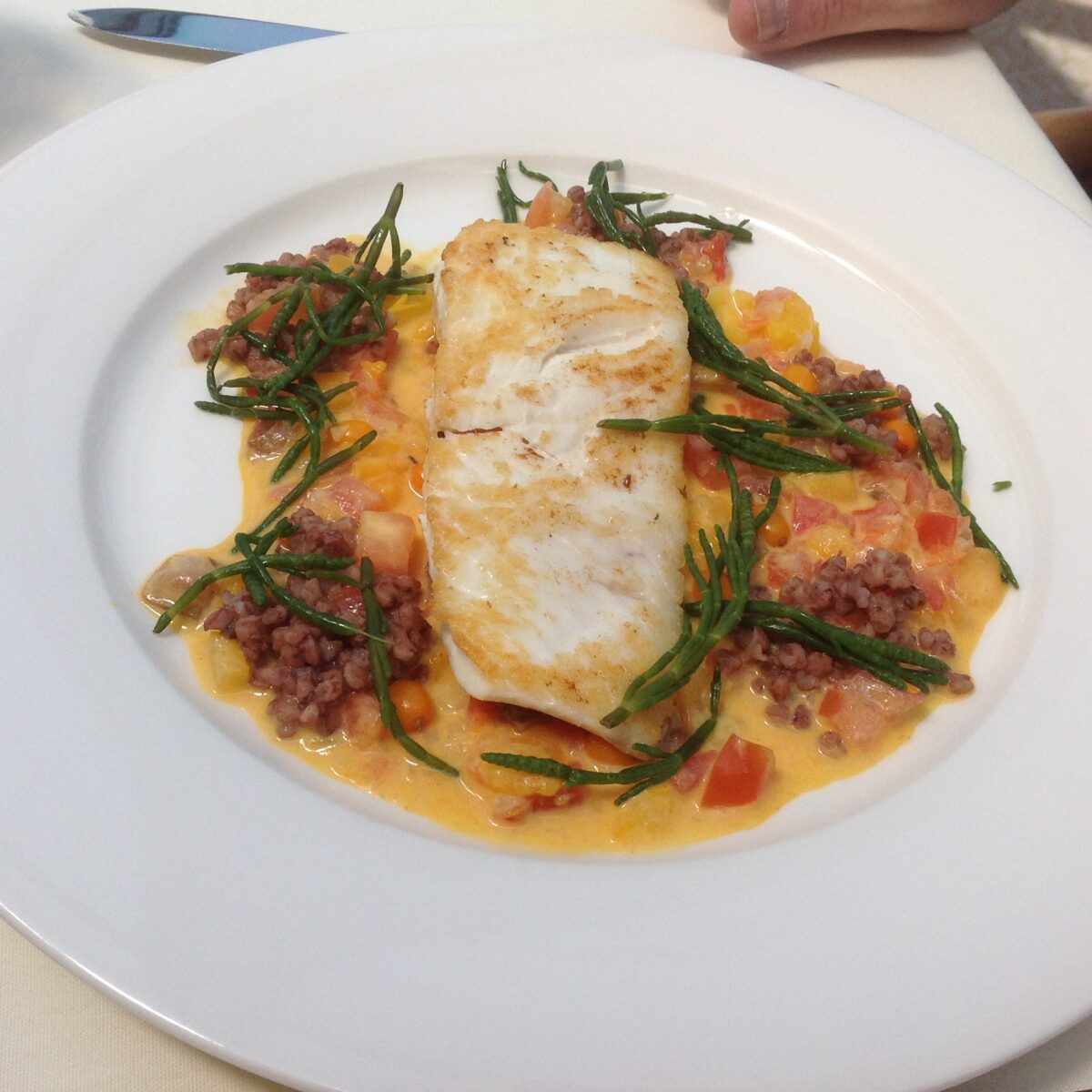
Halibut with sea buckthorn, tomato and sea beans.

Homemade Seaberry sorbet.
 Frozen Sea Buckthorn berries (IQF)
Frozen Sea Buckthorn berries (IQF)
 Sea Buckthorn Shrubs | cultivar: LORD
Sea Buckthorn Shrubs | cultivar: LORD
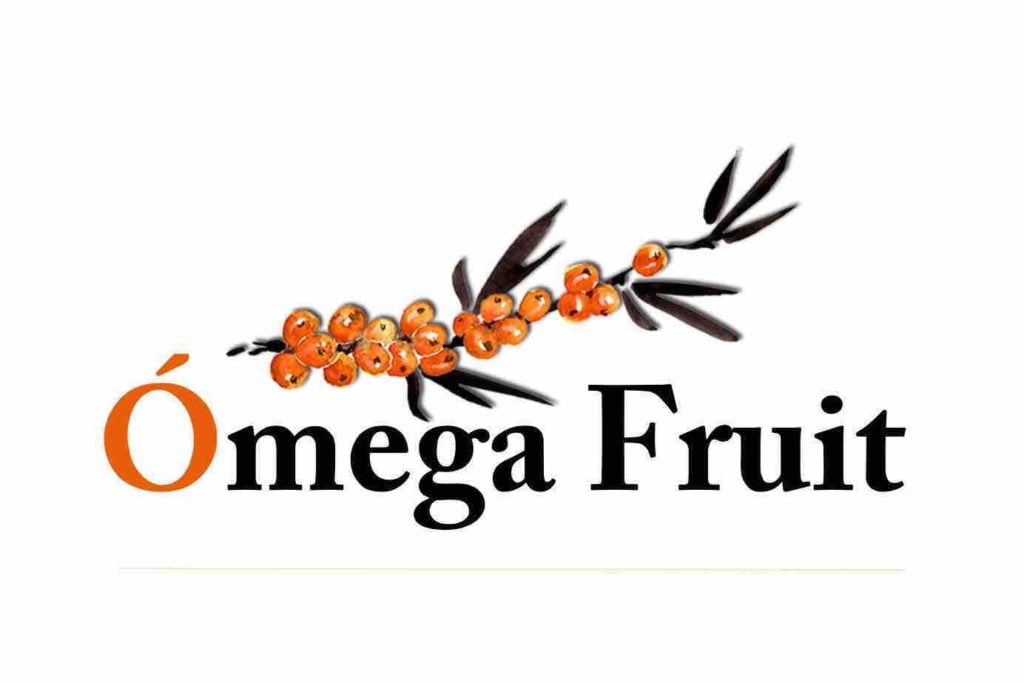
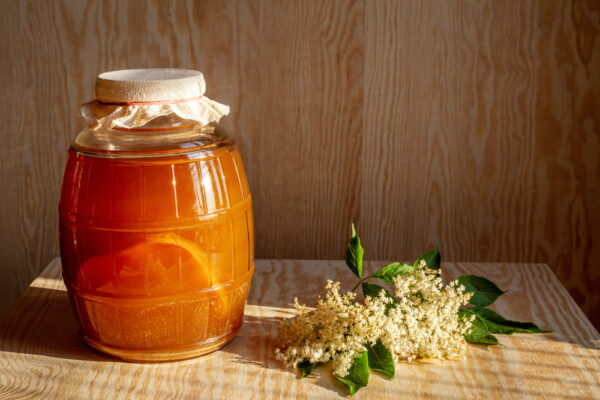
A Brief History of Kombucha Centuries before we could identify probiotic microbes with microscopes, people were fermenting

Add a healthy punch to your summer cocktails Summer is perfect for patio chit-chats with close

Should Sea Buckthorn be considered a natural supplement? In the vast landscape of natural supplements, Sea